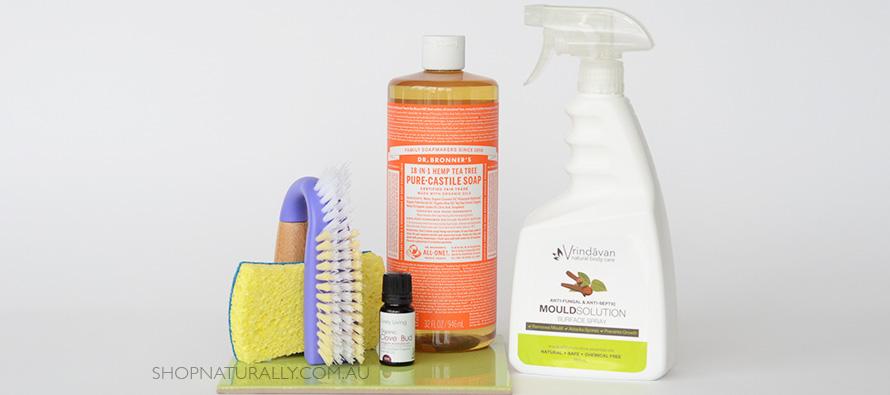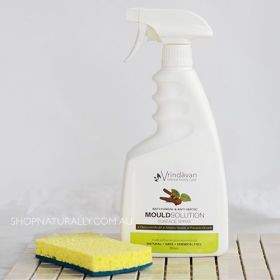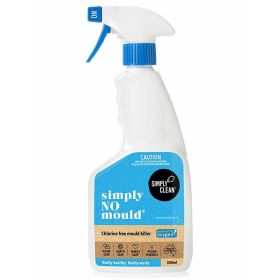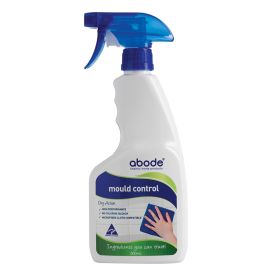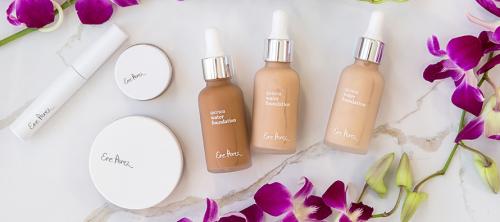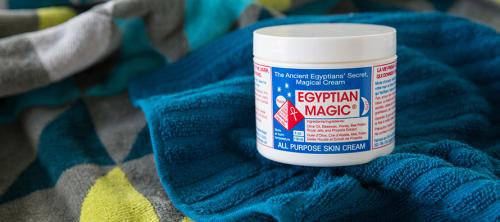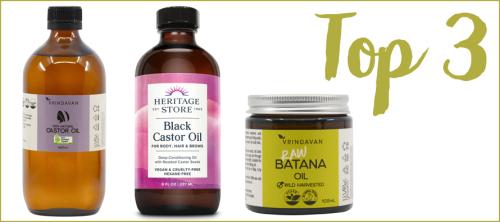Mould cleaning with natural cleaning products
Post updates made June 2019
In 2013, I interviewed Nicole Bijlsma about the best way to tackle mould cleaning naturally. Nicole is the creator of the Abode Cleaning products range, author of the book Healthy Home Healthy Family (currently in a rewrite) and a Building Biologist. She had just spent a week with world leading experts on mould and she shared her findings with me. I spent 2 hours with Nicole, and the sheer volume of researched information in her head was just astounding. She's an amazing woman. The topic of mould removal was the one that most of our customers wanted to hear about, so I recorded this portion of our conversation and created a personal transcript so I could share all the facts at a later date.
Mould cleaning - how does mould grow and thrive?
Right now, along the eastern seaboard in particular, there is a mould problem. It's not just homes that have been affected by flood waters either, it is an endless cycles of rain vs humidity vs rain which are perfect conditions for mould to grow and thrive. Mould is a fungi and it's everywhere. Provide the right conditions and they're going to stay and grow. The catalyst is water and moisture. Whether it's a plumbing leak, storm damage, humidity issues or just now allowing your bathroom to dry out each day, they all have the same result. Using a hot steam vaporiser in winter when kids have the flu is also a big problem as it leaves a layer of moisture in the room. We have seen photos of thick layers of mould growing on the backside of chests of draws from a winter of using a hot steam vaporiser (you can get around this one by using an aromatherapy diffuser that doesn't use heat instead).
Cleaning mould - why is mould dangerous?
According to the CDC, for people who are sensitive to mould, they can cause a variety of symptoms starting from nasal stuffiness, throat irritation, coughing or wheezing, eye irritation all the way through to obstructive lung disease and serious lunch infections for those with compromised immune systems. It also causes issues for people who suffer from asthma and some of their studies shows there is potentially a link to early mould exposure and the development of asthma in children. Mould = bad is not a controversial statement, it's widely accepted that it's not a good idea to inhale it.
Vince Neil from Mycotox was on Weekend Sunrise this morning and also mentioned that mould can cause memory issues, both lung and brain inflammation, shortness of breath, headaches and fatigue. In young children, it can induce behavioural issues and tantrums too. Mould also creates VOC's in your home.
Mould Cleaning Naturally - Step 1 - Hepa Vacuum Cleaner
For serious mould problems, this is your first step. You can choose to skip it for smaller problems. I personally use and recommend Dyson.
Do you own a good quality vacuum cleaner with a HEPA filter? If you don't and you have a mould problem, now is the time to think about investing in one. HEPA filters will capture particles down to 0.3 microns (in comparison, you hair is about 70 to 100 microns) which will not only capture dust mites but also mould spores. So before you do anything, get the brush attachment on the end of your HEPA filter vacuum cleaner and vacuum over the area to remove as many of the mould spores as you can. When you're done, carefully remove the brush and thoroughly wash away any spores that may be trapped on the brush. It's a good idea to wear a mask while you're doing this if the problem is bad.
Mould Cleaning Naturally - Step 2 - Soapy Wash
Whether you use dishwashing liquid or castile soap or any liquid wash you already have at home, get a cloth and some hot soapy water and wash the affected area down, regularly rinsing your cloth. In our discussion, Nicole's recommendation was to use a microfibre cloth for its ability to trap the dirt and any remaining mould spores and not just spread it around like a normal sponge. I understand some people have an issue with microfibres washing in to our waterways, so it is completely your choice what type of cloth or sponge you use.
Why dishwashing liquid? They contain surfactant ingredients that emulsifies and breaks down the dirt and grime which is the food source the mould is growing on. Removing this food source is vital as we're effectively starving it. We chose the Dr Bronner's Tea Tree for this task for the natural antiseptic properties of the tea tree oil in the wash. You could also use the doTERRA On Guard Cleaner Concentrate as it combines Step 2 here and also Step 3.
Mould Cleaning - but can't I use use bleach?
The important thing to remember here is that mould stains and what we're doing here is NOT going to get rid of the stains left behind. It's washing the mould away. The stains are a cosmetic issue. The mould is more than that. When we asked Nicole about using Bleach, here's what she had to say (and this is a direct quote from the recording):-
"Bleach is probably one of the worst things you can use. Sodium hyprochloride or bleach is extremely toxic to the lungs and the skin. It actually bleaches the mould so you can’t see it, and what happens is within two weeks or so, it grows back, because it never went. All you’ve done is stripped the colour of it out of the mould, so you’ve bleached the mould. That’s a problem, and you’ve exposed your family to a toxic chemical. Bleach should never ever be used in a house, pronto."
So for me, if you want to use bleach after all of this to get rid of the cosmetic damage left behind, then that's your personal choice, but just know,
BLEACH WILL NOT KILL THE MOULD. It will just hide it from you. If you must bleach, vacuum and soapy wash first. We do have the Seventh Generation Non-Chlorine Bleach in store, it's based on hydrogen peroxide, but I honestly have no idea how effective it is in these situations. It is by far the safer alternative, or if you have hydrogen peroxide at home, just use that.
Mould Cleaning - preventing mould from growing back
The obvious solution here is free, remove the source of the dampness. It's not always possible though, and mould is everywhere just waiting for a food source to grow. In bathrooms and the southern side of any home that doesn't get as much sun as the rest of the house, a step here is needed to create a hostile environment for the mould to have difficulty growing back. You need to keep your home dry, clean and well ventilated as a preventative step. If you live in a permanently damp home, installing professional systems to stop mould growth may be necessary, but it's also costly. For bathrooms in particular, you can help to prevent mould from growing back by using essential oils. This is a problem most households have, and if this is your only mould issue in the home, this is a natural and budget friendly fix.
OPTION 1 - choose something pre-made
Abode Mould Spray is based on hydrogen peroxide and not clove oil like others on the market and was formulated after the extensive research done by Nicole Bijlsma and her cleaning products range from Abode. It's safer to use in small rooms than the clove oil based products as clove oil can be a breathing irritant for some, and should only be used in a well ventilated room.
OPTION 2 - make your own spray
Our consulting naturopath has her own recipe for this, so we thought we'd share it. You may already have these essential oils in your home. Add equal parts of both Clove Essential Oil and Eucalyptus Essential oil in to a spray bottle. Add around 4 tablespoons of alcohol (or methylated spirits) and then top up with water. You decide on how many drops of essential oils you want. For a 60ml spray bottle, 6 to 8 drops of each should be ample, but the strength is a personal choice because clove oil is strong. Without the alcohol, the essential oils will not mix in the water, so this step is vital.
While many people prefer and love doTERRA oils, they are at the higher end of the price range
and for cleaning purposes, cheaper options are equally up to the task.
